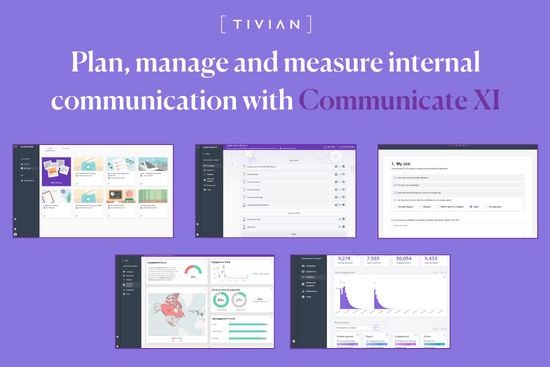Research from McKinsey has found that effective internal communication (IC) boosts employee productivity by 20-25%, improving employee engagement.
Even though internal communication has many goals – and only one of them is more engaged employees – organizations should understand the impact of internal communication on engagement and know how to increase employee engagement with effective communication.
But first of all: What is the difference between Internal Communication and Employee Engagement?
Internal communication (IC) is how your organization shares information so employees can perform their jobs effectively, feel connected and remain informed.
By contrast Engage for Success – a growing, dynamic, voluntary movement promoting employee engagement – defines employee engagement (EE) as “a workplace approach resulting in the right conditions for all members of an organization to give their best each day, committed to their organization’s goals and values, motivated to contribute to organizational success, with an enhanced sense of their own well-being.”
Therefore, while strong internal communication has an important impact on EE, they are not the same.
How does internal communication impact employee engagement?
Successful internal communication increases engagement as staff feel informed and part of the company, that they are connected to their colleagues, and that they have a voice within the organization. Essentially, they gain a sense of belonging that motivates them to do their best each day.
Equally, poor, unclear or contradictory internal communication leads to disengagement by staff, breaking down trust and undermining their relationship with their employer. Ultimately it can lead to reduced productivity, poor performance and staff churn.
At the same time, even the best internal communication programs cannot overcome negative factors such as poor line managers, low salaries and a lack of trust or work/life balance to engage employees. Internal communication/employee engagement are therefore both critical to delivering tangible results.
How can internal communication improve employee engagement?
Overall, there are a number of ways how internal communication can positively influence employee engagement. These best practices include:
Collect feedback and provide a voice to your employees
Internal communication should enable two-way conversations between employees and the company. Whether it is giving them a voice through surveys and polls or enabling interactions with senior management via town halls and events, your IC should ensure that your company understands the Voice of the Employee, while your staff feel that their needs are being heard. This builds a culture of openness and trust, driving engagement and higher motivation.
Support recognition and rewards
Highlighting employee successes from across the organization, such as through reward schemes, newsletters, and intranets creates role models for other employees to learn from. The winners themselves feel valued, while other employees see that people such as themselves have been recognized, giving them targets to aim for. Overall, your reward programs should show that the company is a meritocracy and that everyone has a part to play in success, increasing belonging and engagement.
Encourage dialogue amongst employees
As well as vertical conversations between managers and staff, strengthen lateral bonds by creating horizontal dialogue between colleagues on a similar level. Intranets can encourage information sharing across the company, especially between departments, while face-to-face events break down barriers and build engagement amongst employees across the whole organization.
Provide employees with greater control
There’s a clear link between feeling in control at work and job satisfaction. Employees who feel that they are being kept in the dark or who don’t have the right support, tools or training quickly become disengaged. For strong staff performance and to engage people with the company you need to empower your employees with the right information. Ensure that your staff feel informed, particularly during change management programs or at times of crisis where it is easy for staff to feel out of the loop.
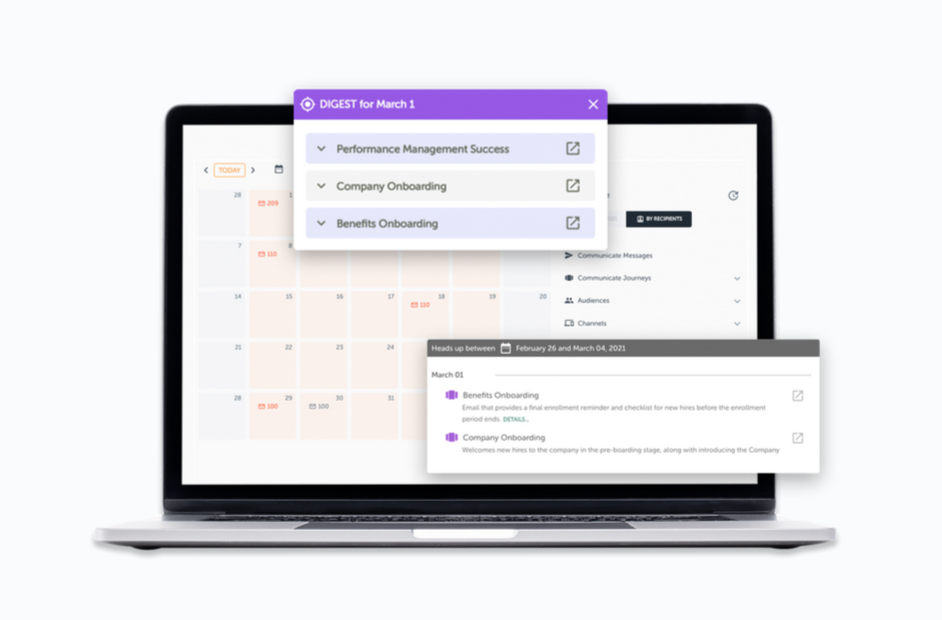
Deliver transparency on company purpose
Engaged employees are committed to the organization’s goals and values – and internal communication is vital to ensuring that staff know what these goals are. Whether it is direct communication from senior leaders or cascaded via line managers, ensure that your IC provides transparency on the company’s purpose, mission, and short-term objectives. This reinforces culture, again increasing engagement.
Create a sense of belonging
Companies want their employees to be motivated, brand ambassadors for their organization, recommending it to family and friends and defending it against unwarranted criticism. Use IC to create a sense of belonging, such as by building communities and connecting people. This unlocks discretionary effort and a positive attitude when dealing with customers and partners.
Develop an open culture
Today’s business world relies on organizations being flexible, creative, and agile. This requires the creation of an open, meritocratic culture that attracts, retains, and develops talented people with the right skills. Internal communication is a major contributor to building such a culture, through coordinated programs that look to change behaviors via newsletters, emails, posters, meetings, and other channels, boosting engagement.
Meet your staff’s expectations on communication channels
Organizations are now managing a multigenerational workforce, with different groups having different expectations around how they want to be communicated with. To engage staff, IC programs should work closely to understand the needs of particular groups and personas, providing a personalized experience through their channels of choice, whether digital, face-to-face, or paper-based. By ensuring that everyone feels that they are being treated as an individual, engagement levels will rise, with key communications seen, understood, and acted on.
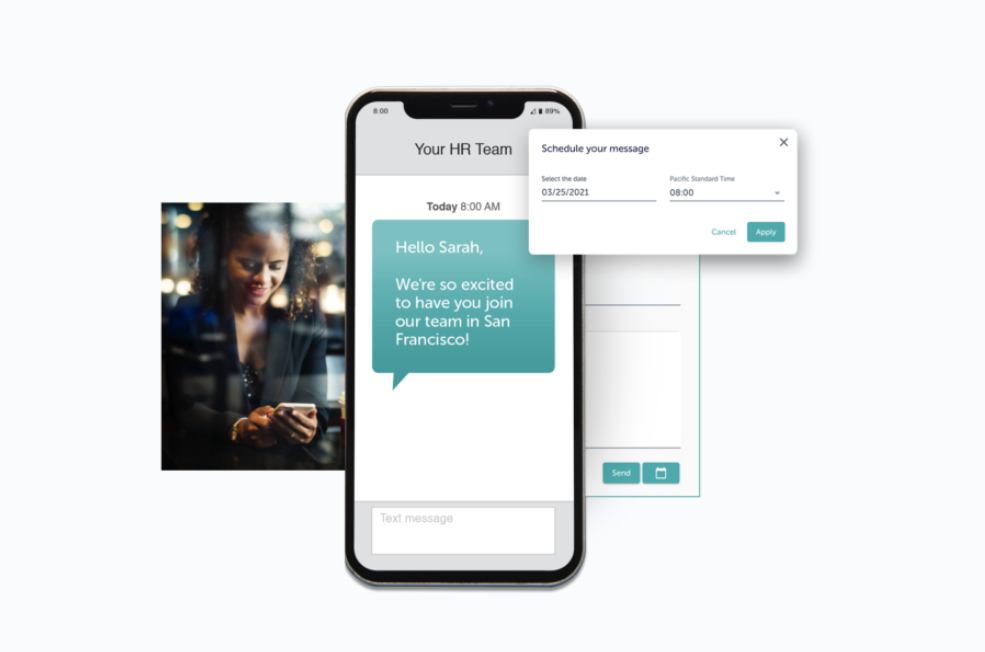
Even though there are a variety of different tools available for internal communication today, you should limit yourself to a few and thus reduce complexity: Use as many channels as necessary but don’t overwhelm your employees in this noisy world, full of messages.
Constantly measuring and improving
As with any program, it is vital to set clear objectives that link internal communication activities to KPIs, and then translate them to relevant employee engagement metrics. Therefore, ensure you measure output metrics for IC (such as open rates for emails).
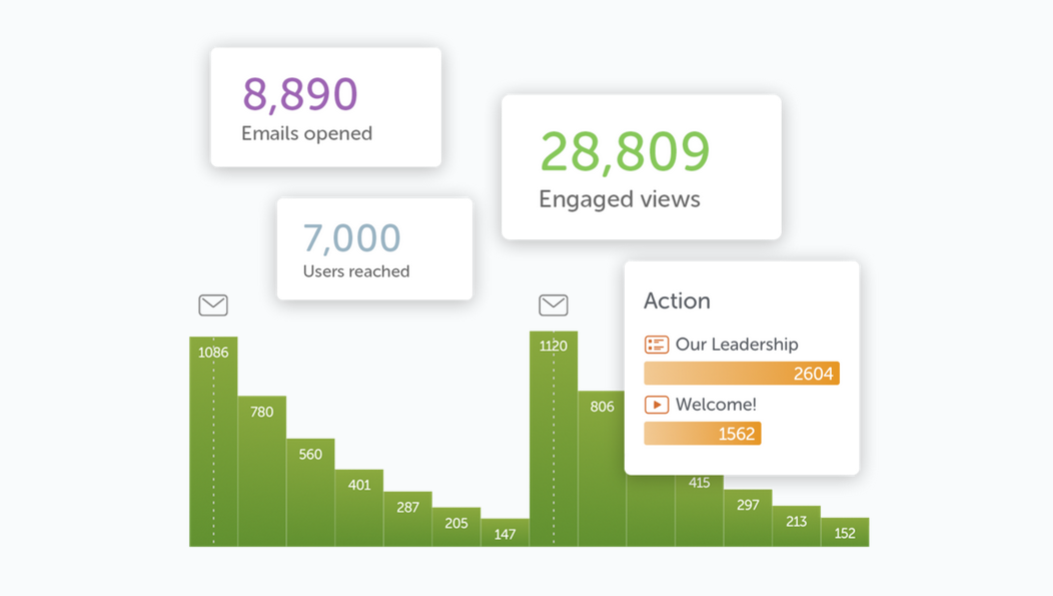
However, also measure longer-term impacts through regular surveys that determine engagement levels and solicit feedback that can drive improvements.
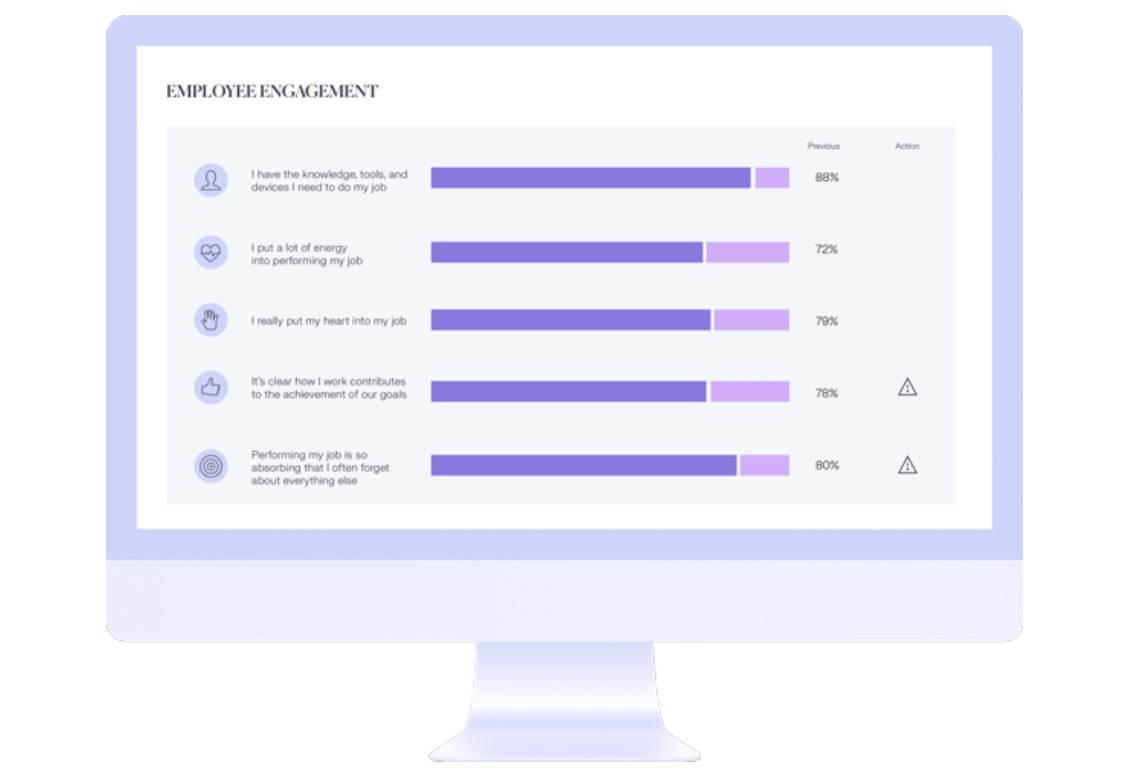
Not only will this show where changes can be made, but the very act of collecting feedback increases engagement – provided it is acted on in a timely manner.
Read more about how to measure employee engagement
Tivian’s software helps you to take your internal communication and employee engagement to the next level
Tivian’s internal communication and employee engagement platforms are designed to work seamlessly together to support your organization.
With analytics and cutting-edge AI technology, both solutions help your company capture and harness experience data to drive deeper insights, improve decision-making, and create a happier workplace.
Our internal communication platform COMMUNICATE XI makes it easy to reach your employees on their channel of choice, with compelling internal communication campaigns that use targeted video, email, and SMS to get your message across.
Talk to us to learn more – or read more about employee engagement and internal communication.

